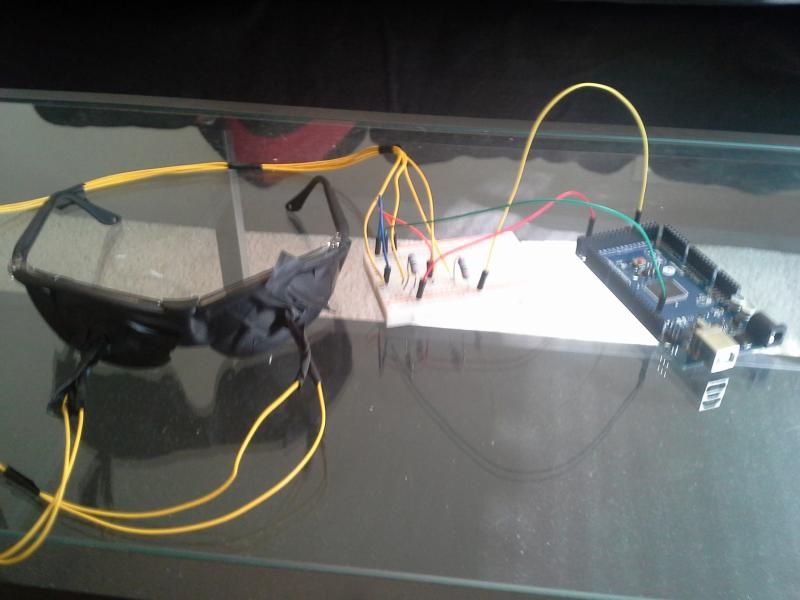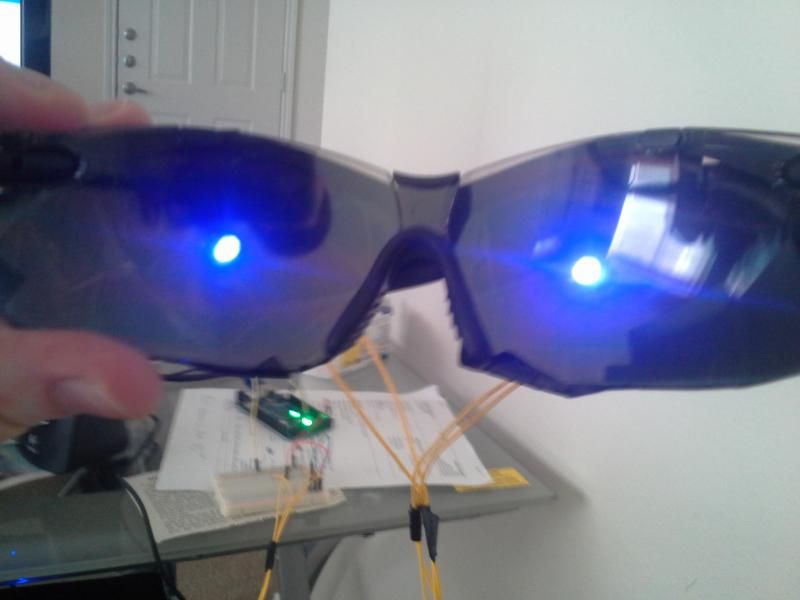I got this idea reading Exploring the World of Lucid Dreaming. IIRC LaBerge called light the #1 most effective way to externally induce an LD. |
|
Results 1 to 13 of 13
Thread: Homemade LD Goggles!
Threaded View
-
05-31-2014 10:59 PM #1Familiar Phantom Achievements:





- Join Date
- Nov 2013
- LD Count
- 59
- Gender

- Location
- Celephaïs
- Posts
- 268
- Likes
- 262
- DJ Entries
- 4
Homemade LD Goggles!
Last edited by Whatsnext; 06-01-2014 at 12:40 AM.
Similar Threads
-
Homemade EEG
By apsinvo in forum ResearchReplies: 37Last Post: 07-29-2012, 01:59 PM -
Some homemade music :)
By SourCherryBoy in forum Artists' CornerReplies: 9Last Post: 12-16-2010, 08:40 PM -
Homemade beverage?
By ThePreserver in forum Lucid AidsReplies: 3Last Post: 04-10-2010, 06:03 PM -
New Avatar = Homemade Fail
By NicklePickle in forum Artists' CornerReplies: 4Last Post: 03-29-2010, 02:15 PM -
Homemade Chai Tea
By Bearsy in forum Senseless BanterReplies: 9Last Post: 12-30-2008, 09:23 PM




 10Likes
10Likes LinkBack URL
LinkBack URL About LinkBacks
About LinkBacks







 Reply With Quote
Reply With Quote
Bookmarks